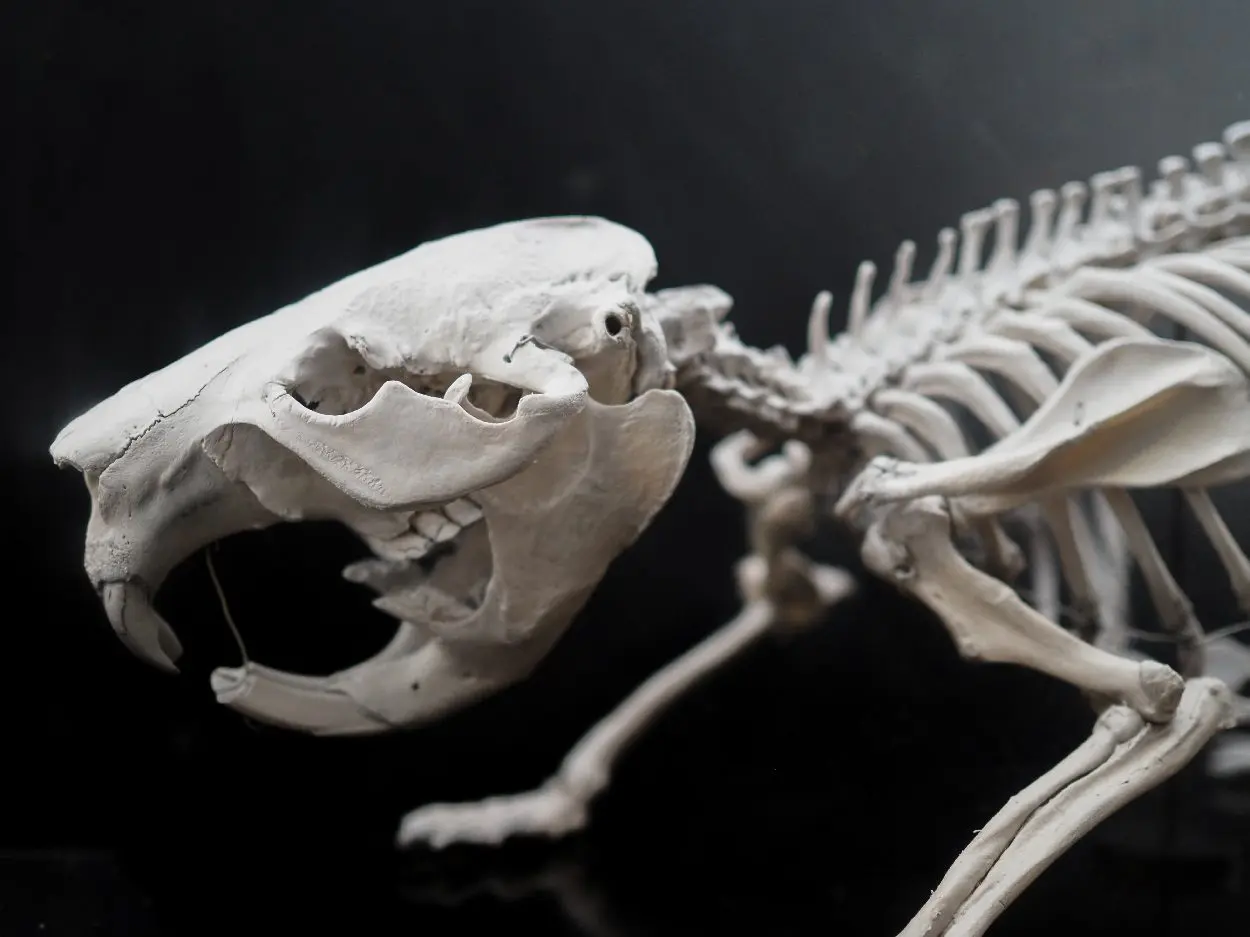Researchers suggests that early humans were hunting, skinning, and eating beavers around 400,000-years-ago.
A joint study, led by researchers from Johannes Gutenberg University Mainz (JGU), the Leibniz Zentrum für Archäologie (LEIZA), and Leiden University in the Netherlands, suggest that the lack of well-preserved remains from small mammals and plant matter has led to the misconception that early archaic humans subsisted predominantly on larger animals around 400,000-years-ago.
According to the study published in the journal Scientific Reports, bones from 94 beavers found in a large faunal assemblage from a 400,000-year-old hominin site in Bilzingsleben, Germany, shows evidence of cut marks attributed to stone tools as the beaver carcasses were being processed.
Notably, the majority of the remains represented young adult beavers, suggesting a deliberate strategy of targeting inexperienced but fully grown, fat-rich animals. This emphasis on fat as a crucial food resource during the Pleistocene challenges previous assumptions about early humans’ dietary habits. Based on the cut mark distribution pattern, it is also likely that the beavers were targeted for their skins.
“Excellent bone preservation of the beaver remains enabled the documentation of cut marks which were identified on various body parts. They attest to the exploitation of complete carcasses, most traces documenting skinning and subsequent disarticulation,” said the study authors.
Proffessor Sabine Gaudzinski-Windheuser highlights the significance of this discovery in broadening the understanding of early hominin diets. The prevalent belief that early Europeans primarily relied on large game until roughly 50,000 years ago is reconsidered, showcasing a much earlier and more diverse dietary spectrum among these ancient human populations.
“The Bilzingsleben beaver exploitation evidence demonstrates a greater diversity of prey choice by Middle Pleistocene hominins than commonly acknowledged, and a much deeper history of broad-spectrum subsistence than commonly assumed,” said the study authors.
Header Image Credit : Shutterstock





